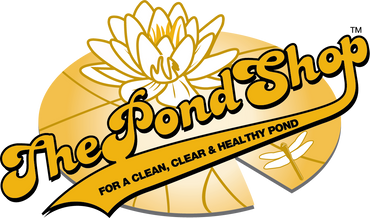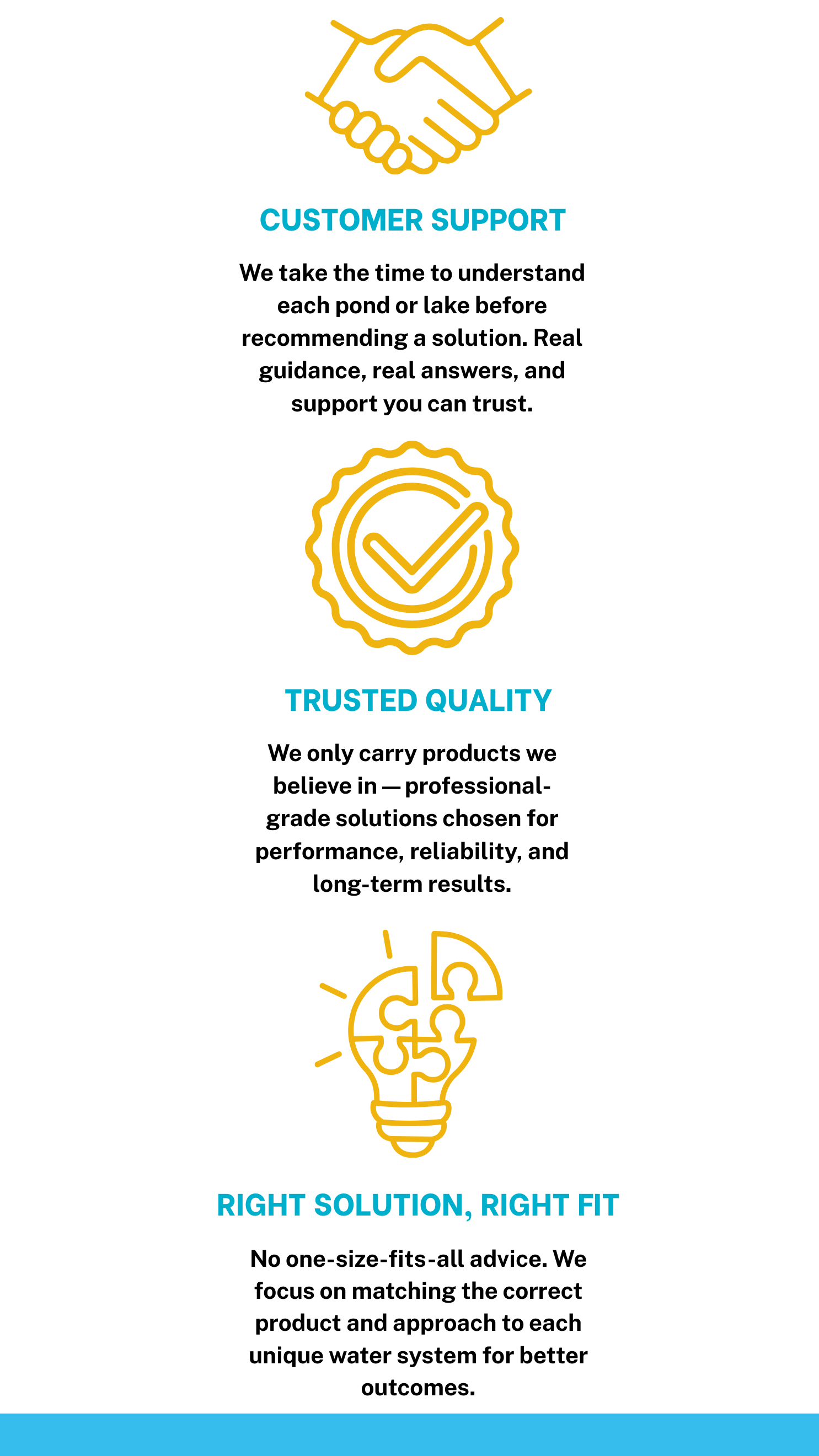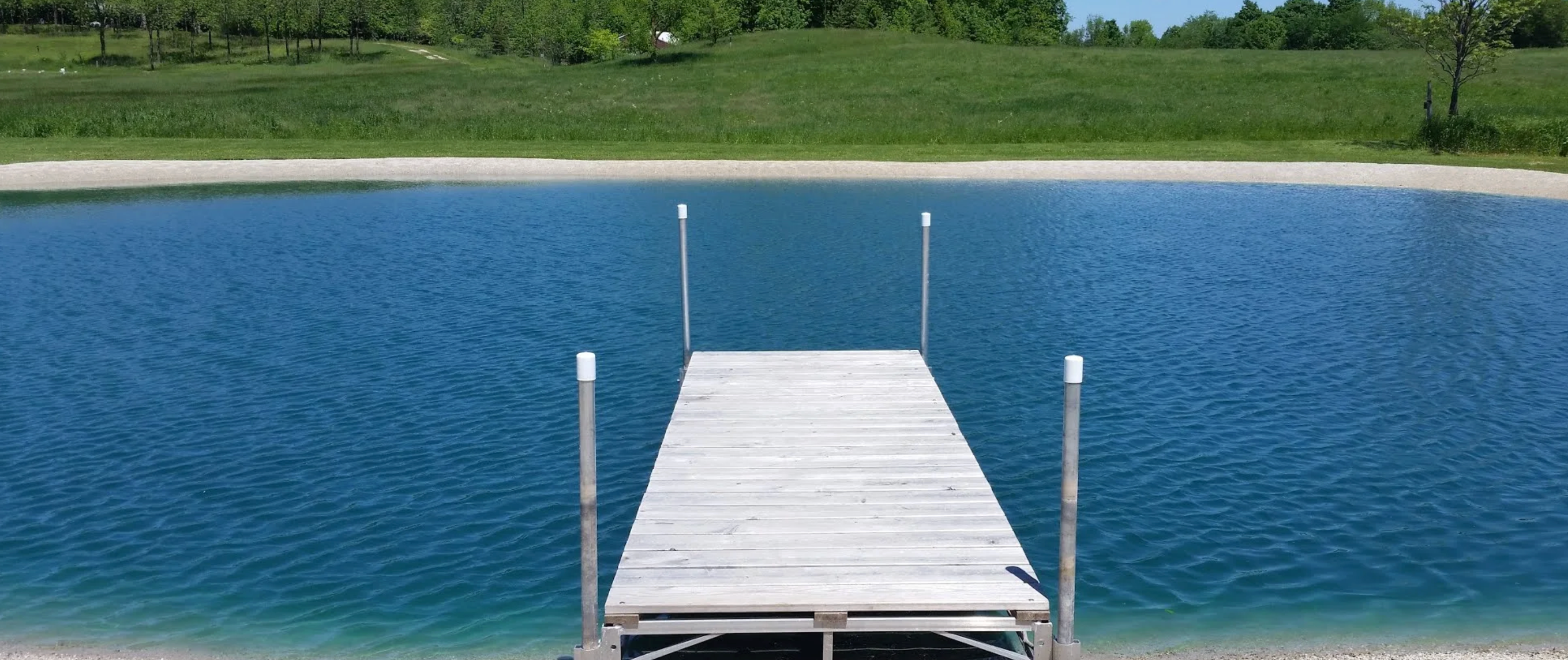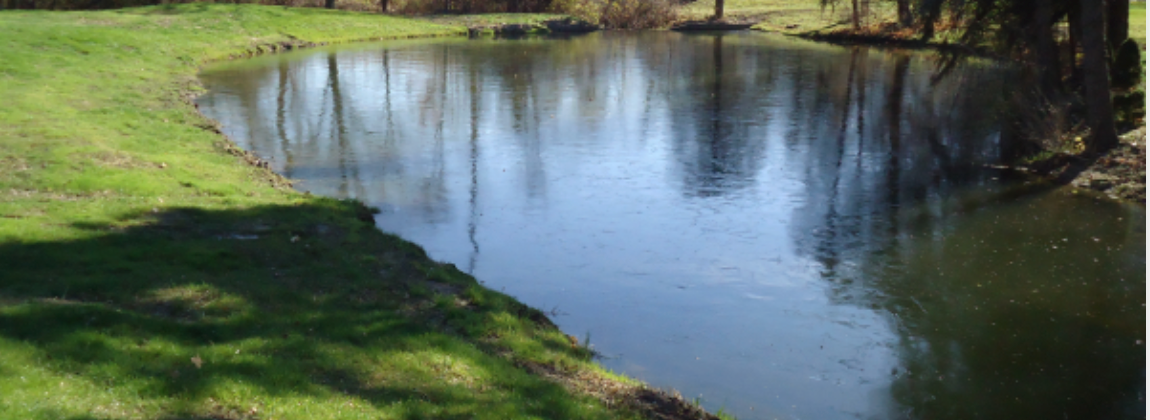Azolla
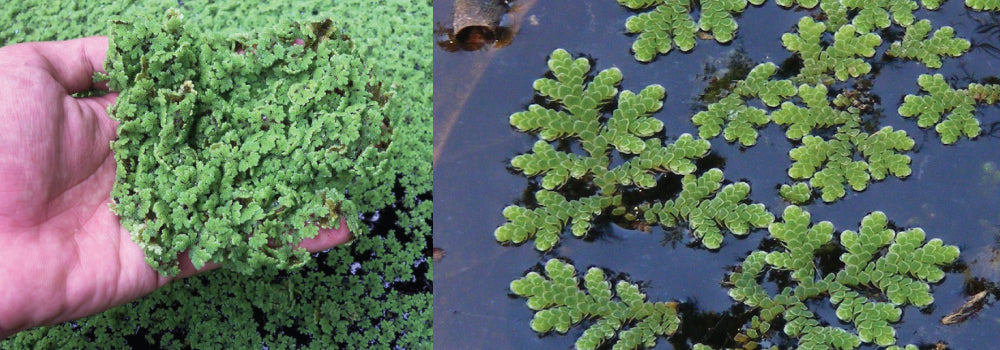
Azolla, also known as mosquito fern, is a free-floating aquatic perennial fern that forms rapidly expanding moss-like mats of foliage up to a ½ inch tall on still water surfaces. Its foliage can become so dense even preventing mosquito larva from developing and hatching, hence the common name. The foliage is bright green in shade but develops purplish-rose tints in full sun. All plants turn reddish-purple in the fall as temperatures cool. Azolla branch stems are densely clad with two-lobed leaves that are ¼ inch long. Azolla is native to North and South America and grows on still water. It can survive northern, cold winters by sinking to the bottom in the fall and rising back to the surface of the water in the spring. Azolla plants are consumed by wildlife, especially waterfowl. They also provide natural habitats for aquatic insects import to fisheries. In some recreational areas, dense colonies of Azolla can become a nuisance by excluding other aquatic vegetation, clogging water waterways, and interfering with fishing and swimming activities.
Prevention
Azolla plants produce spores that disperse with the wind, but the most common form of Azolla spread occurs through plant fragments moving in water or clinging to the feet or feathers of birds and by boats, trailers, and equipment used in infested waters. When using water facilities such as ponds, lakes, rivers; make sure all clothing, boats, trailers, and any related equipment are free of plant material prior to leaving. Clean and flush watercraft to rid them of any plant contaminants. Nutrient availability in the sediment will feed its growth. Colonies typically enlarge rapidly during the warmer months and diminish during the colder seasons. Early intervention and management to avoid large invasions is the best prevention.
Physical/Mechanical Control
Small infestations of Azolla in accessible areas may be removed using rakes and fine-meshed nets; however, under ideal conditions, Azolla can double itself every 4 to 5 days. Mechanical removal must be repeated often to gain control of the infestation. All plant remnants must be removed from the area and properly discarded to prevent re-growth.
Dyes and colorants reduce aquatic plant growth by limiting sunlight penetration and reducing photosynthesis. Pond dyes have been helpful in preventing Azolla proliferation.
Aeration has also been used as a mechanical approach to hinder Azolla proliferation. Azolla prefers to grow in slow-moving water. Aerators will create current patterns in the water body disrupting their growth. Furthermore, the added oxygen will accelerate the decomposition process of nutrients that feed pondweeds and algae during the summer months.
Chemical Control
When used carefully according to the label instruction, aquatic herbicides can be safe and effective management tools. The products that have been successful in treating Azolla are Sonar AS and Sonar RTU, Reward, and Tribune. A nonionic surfactant Cygnet Plus should be mixed in solution with herbicides when plants are treated.
Clipper SC offers fast and selective control of hard to kill submerged pond weeds, Chara, and Filamentous algae. Clipper SC was nominated as leader in its class for unrivaled control of of aquatic weeds and algae. Clipper SC dissipates quickly from the water and does not accumulate in the sediment.
Sonar A.S. is long-acting systemic herbicide ideal for water bodies with minimal flow. Simply mix Sonar A.S. with water and spray throughout the surface of the water or pour in different spots around the pond. Sonar A.S. does not have water use restrictions.
Sonar RTU is a long-acting, systemic, easy to use herbicide. Sonar RTU does not require mixing, simply open the bottle and treat from the shoreline.
Reward is a registered diquat label for aquatic use. This contact algaecide and herbicide quickly and effectively kills azolla and many other aquatic plants.
Tribune is a contact, non-volatile herbicide for use in controlling submersed and floating aquatics weeds. Tribune has rapid absorption and herbicide action.
Cygnet Plus is a nonionic wetting agent, sticker, activator, and penetrant all in one. Cygnet Plus increases the effectiveness of herbicides uptake into the plant tissue.
